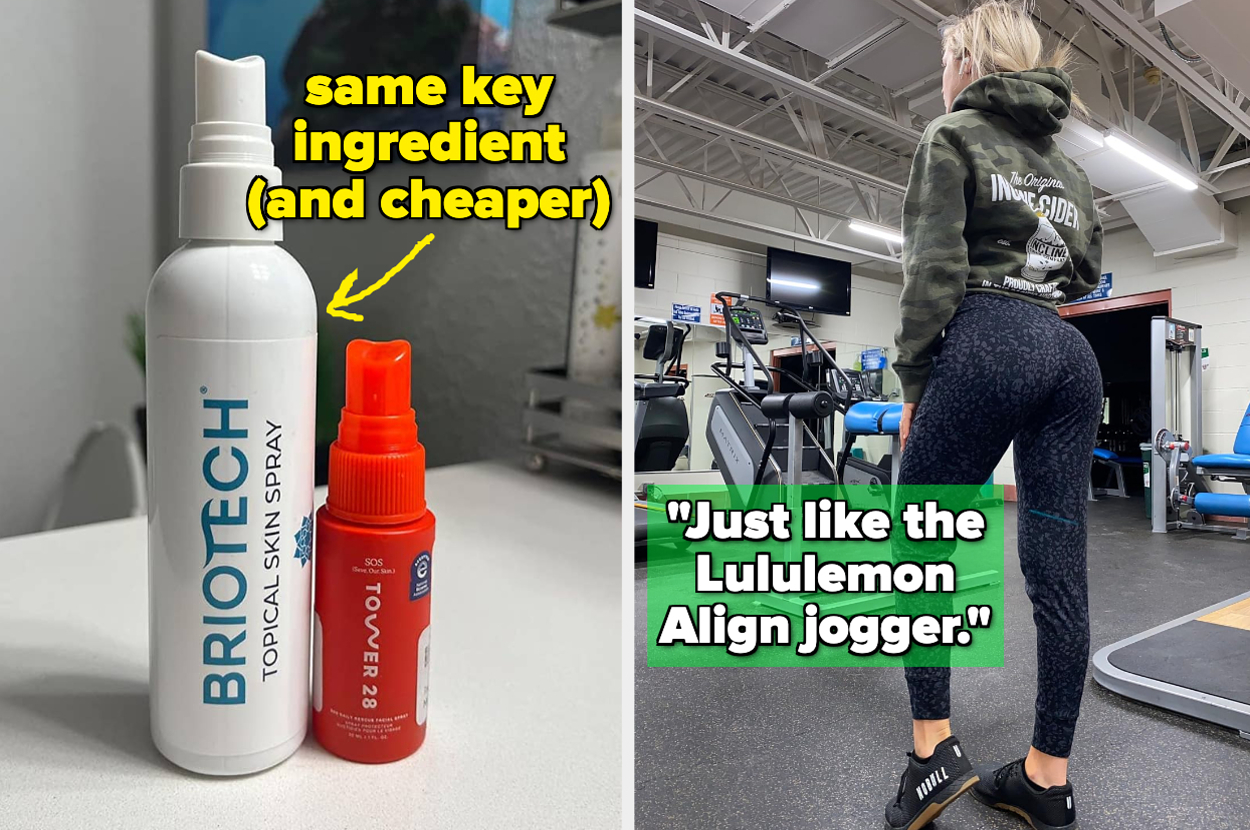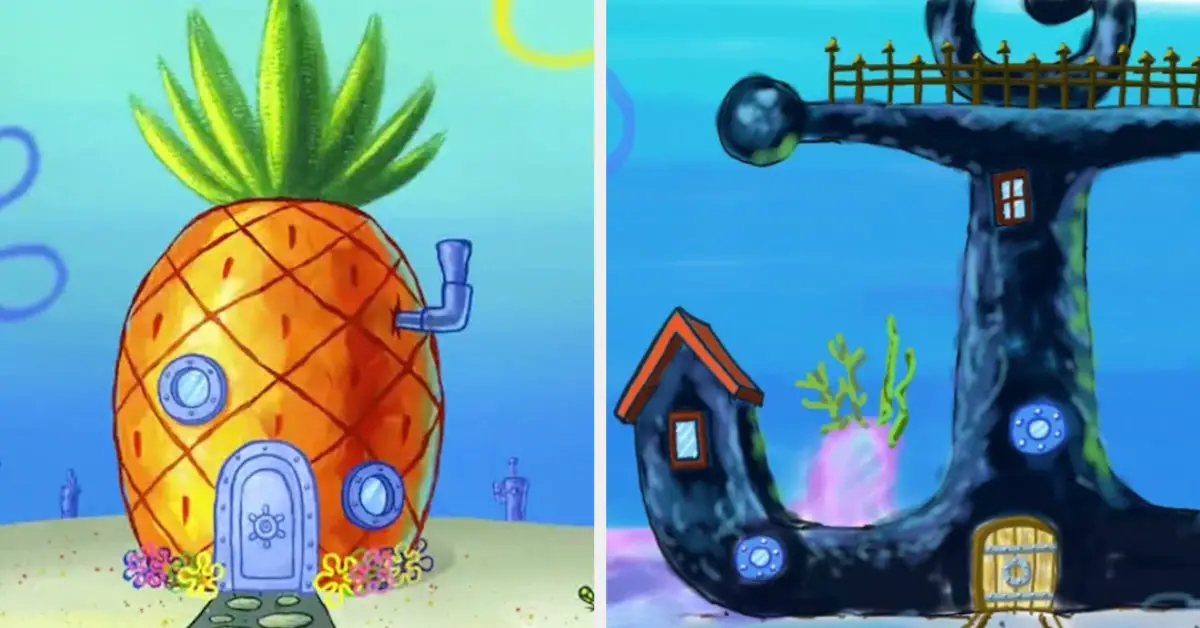In terms of plumbing and water supply, backflow prevention is of paramount importance. It ensures that your water supply remains clean and uncontaminated, protecting public health and safety. Whether you’re a business owner, building manager, or simply interested in learning about new tech, it’s important to know about recent advancements in backflow technology.
Digital Monitoring & IoT
Integrating Internet of Things (IoT) technology into backflow preventers is a game changer for the industry as a whole. With this advanced technology, backflow preventers can now digitally monitor systems in real time, offering immediate updates on performance and potential issues. This improvement is especially crucial for high-hazard applications where an immediate response is necessary to prevent damage or potential safety risks. But what exactly is IoT, and how does it improve backflow prevention?
IoT technology allows for continuous tracking and analysis of data from backflow preventers. It monitors pressure differentials, system temperature, and flow rates—among other variables—enabling it to identify irregularities that could indicate a problem. When such an irregularity is detected, the IoT-enabled backflow preventer sends an alert and implements the proper solution. The application of IoT technology to backflow preventers is part of a broader trend in industries worldwide. As IoT devices proliferate, they’re increasingly being used to improve efficiency, predict maintenance needs, and manage operations remotely. In the context of backflow prevention, this means more effective monitoring, quicker issue resolution, and improved overall system management.
100 Percent Stainless Steel Composition
Traditional backflow preventer materials like bronze, brass, and copper come with various disadvantages that impact the efficiency and longevity of these crucial devices. Enter the Deringer product line—the world’s first and only 100 percent stainless steel backflow preventer. Stainless steel is renowned for its resistance to corrosion and staining, making it an excellent choice for devices that are consistently exposed to water and various chemicals. With this superior material, Deringer backflow preventers are not only able to withstand these elements but also promise an extended lifespan and reduced maintenance requirements compared to traditional backflow preventers.
Beyond its resilience, stainless steel offers superior strength and toughness—essential attributes for a device tasked with preventing contaminated water from flowing back into the clean water supply. The shift to 100 percent stainless steel composition for backflow preventers represents a significant improvement in the field. This material enhances the durability and reliability of these devices, ensuring they can effectively protect the water supply for longer periods. For business owners, building managers, and tech enthusiasts, this development underscores the ongoing evolution of backflow prevention technology and its commitment to safety and efficiency.
Improved RPZ Assemblies
For many decades, the most effective backflow preventer assembly was an air gap. Air gaps functioned as a simple and reliable means of preventing backflow by providing a physical space between any possible contaminated substance and the drinking water system. However, significant improvements to Reduced Pressure Zone (RPZ) assemblies have cemented them as the most practical choice for high-hazard environments. RPZ assemblies, consisting of two independent check valves and an intermediate relief valve, offer a robust solution for preventing backflow. Ultimately, RPZ preventers are the best at mitigating backsiphonage and back-pressure backflow.
These advancements in backflow technology are proof that even the most niche industry can benefit from modern innovations. Understanding these developments can help you make informed decisions about your backflow prevention needs and create a safer building for you, your occupants, and the environment.
Source link










Leave a Reply